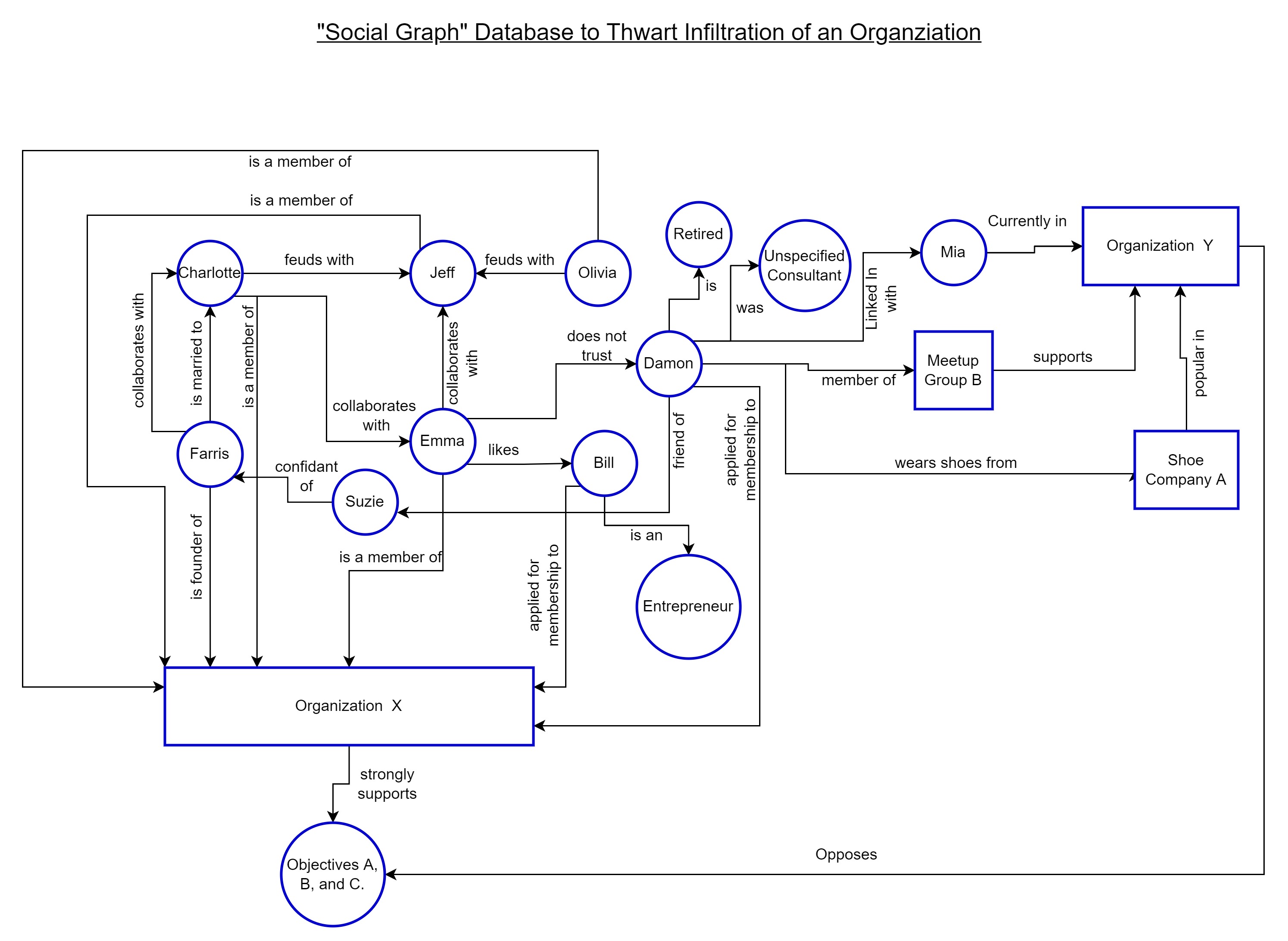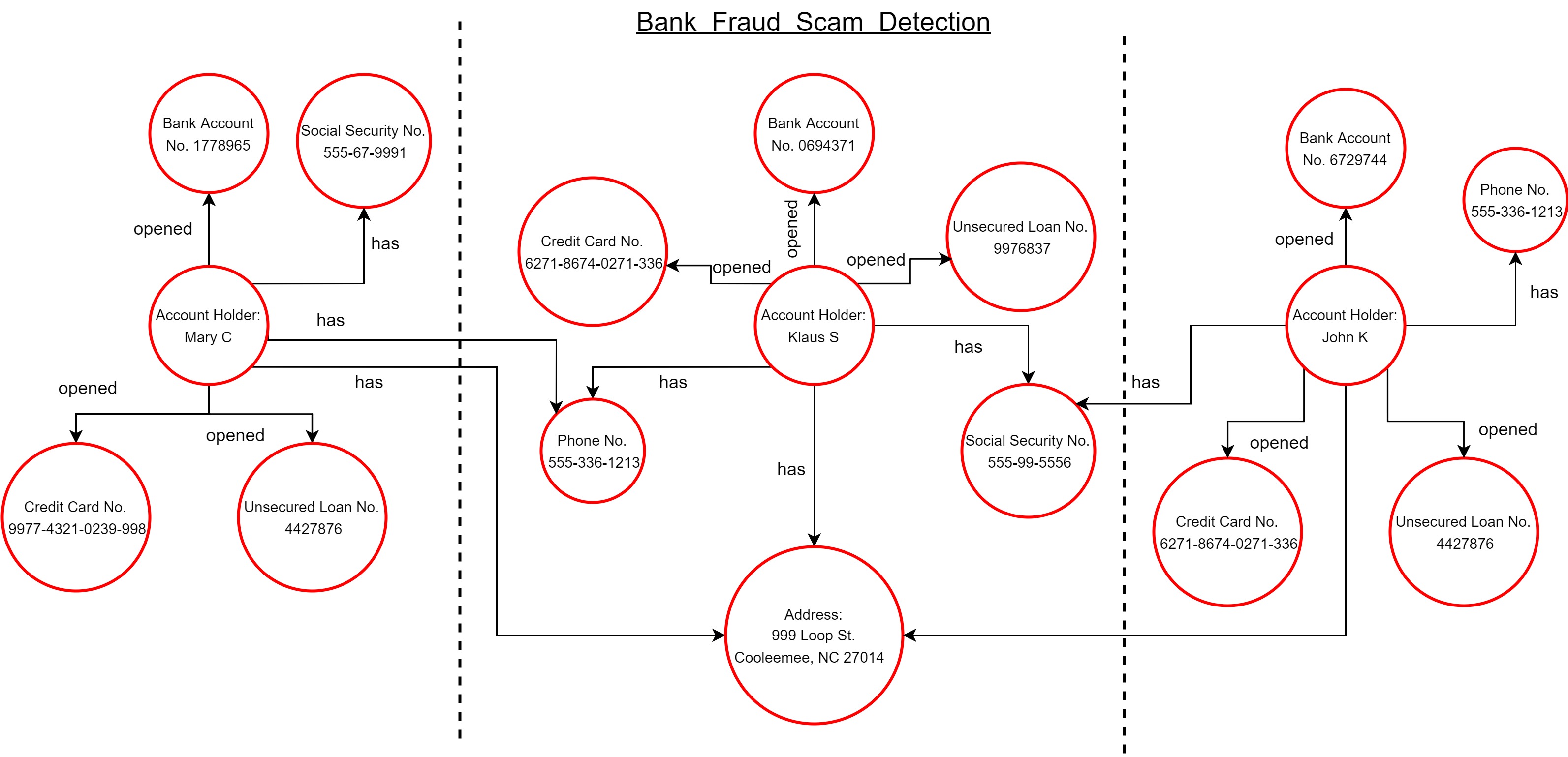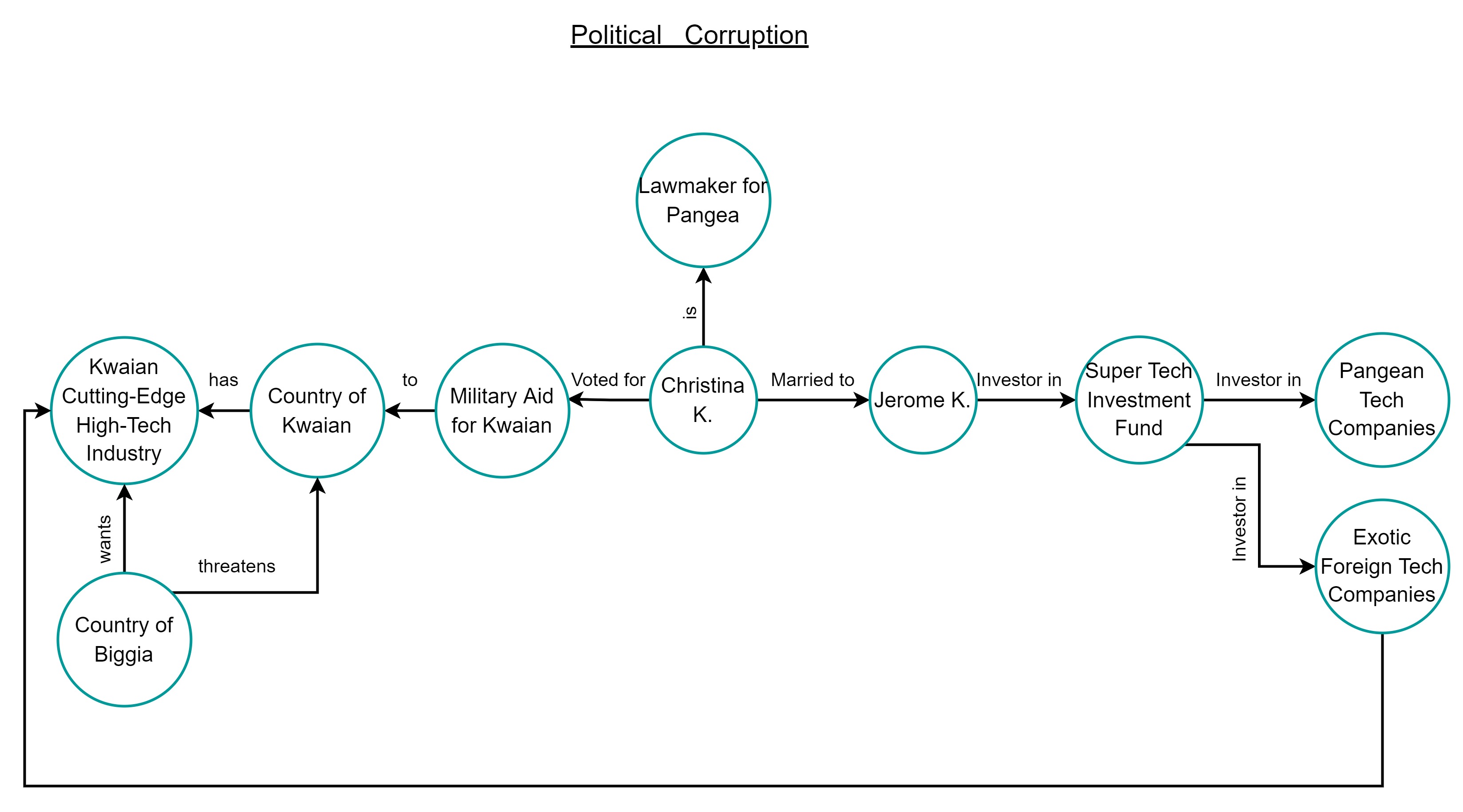DataJamDB is a No-Code Database to manage all of your information and data. Ready to use immediately with no coding required. DataJamDB can be used to organize virtually any kind of information with no complicated set-up or planning, from the simplest data to the most complex information.
For example
With DataJamDB there is no set-up, no coding, and a 1 hour learning curve. DataJamDB is No-Code software, which means you can use it right away with no coding knowledge, no software developers, and no IT professionals needed.
Start learning by example with the Examples and Use Cases given below. These are also included in the DataJamDB Manual. Can download the DataJamDB Manual by clicking here.
Can download the DataJamDB PC App (Windows 10 and 11) by clicking here.
"Walking the graph" to get insight into the above data: we search for Susie Q. in the database, and we see that Susie Q. “feuds with" Pablo E. To get insight as to why she feuds with Pablo, we next search for Pablo E., and it can be seen that Daemon B. is friends with Pablo, but Susie does not trust Daemon. We also see that Pablo does not like Jenny O., to whom Susie Q. collaborates. It can also be seen that Susie Q. reports to Ron H., so we next search for Ron H., and it can be seen that Ron H. "competes" with Shelley D., who Pablo "supports."
Studying the relationships between Entries (people, in this case) by “walking the graph” like this gives insight into the data and the relationships between the data, and, hence, is a powerful tool to use in general. This feature is built into DataJamDB.
The creation and use of the above Social Network database and databases like it using DataJamDB is detailed in the DataJamDB Manual, and does not require any coding knowledge or IT knowledge.

The above diagram shows a database for a skateboard manufacturer (Xty Sports) with 2 products (Skateboard X and Longboard A). This database includes the Bill of Materials (BOM) for both products, plus this database also includes customer interactions.
For example, it can be seen that Skateboard X "explodes" into 5 parts, and the Truck Assembly, in turn, "explodes" into 6 parts. Also, it can be seen that JillZ bought a Longboard A after Pete answered her product question.
The creation and use of the above Bill of Materials and Customer Interaction database and databases like using DataJamDB is detailed in the DataJamDB Manual, and does not require any coding knowledge or IT knowledge.
Walking the Graph to Find Failure Events: search for Events, and find Event 1. You will see that it is recorded as being from Drive Model XT7 in Server 1 (has a "from" connection to Server 1). You can then "explode" the Entry for server 1 to its component parts, and you see that Server 1 consists of Drive Model XT7 and Drive Model YT9, hence confirming that the report is correct that Server 1 contains Drive Model XT7. Next, "explode" the Entry for Drive Model XT7, and you will see that it consists only of SSD1. Next, you "implode" the Entry for SSD 1, and you will see that SSD 1 is also used in Drive Model YT9. Finally, you perform "implode" on both Drive Model XT7 and YT9, and you see that (in addition to Server 1) Servers 2, 3, and 4 may be at risk of failure, and flag that risk.
Making and using the above Server Farm database and databases like it using DataJamDB is detailed in the DataJamDB Manual, and does not require any coding knowledge or IT knowledge.

From "walking the graph" we can, for example, investigate new membership applications; specifically, we can see that Bill is an Entrepreneur who is friends with Emma, an established member who collaborates with other members. That looks ok; however, Damon has affiliations with Organization Y, which is in opposition to the objectives of Organization X. He even wears shoes closely tied to that group. That alone is not an issue, but all the relationships to the opposing group taken together may be an issue.
In a real-life application, the data in a DataJamDB database like this would be entered routinely over time, perhaps controlled by a process. Then, when needed, the DataJamDB database Entries can be queried or you can "walk" the Entry connections to inform decisions or study situations that may occur. How to do this is detailed in the DataJamDB Manual, and does not require any coding knowledge or IT knowledge.

"Walking the Graph" to Investigate Fraud: for example, if you notice suspicious or delinquent activity with John K's account, you can search to John K's Entry, and you will see that he has social security number 555-99-5556. Then, you go to the Entry for that social security number, and you will see a connection to Klaus S; hence, you will see that this social security number is used by both John K and Klaus S. Then you go to the Entry for Klaus's phone number, and you see it has a connection to Mary C. Moreover, you thought you noticed that all 3 of these people had the same address, so you go to the Entry for Mary C's address, and you find that it is connected to all 3 people.
In a real-life application, the data in a DataJamDB database like this would be entered routinely over time, perhaps controlled by a process. Then, when needed, the database Entries can be queried or you can "walk" the Entry connections to inform decisions or study situations that may occur. How to do this is detailed in the DataJamDB Manual, and does not require any coding knowledge or IT knowledge.

Can "walk the graph" to investigate potential political corruption. As noted above in another example, in a real-life application, the data in a database like this would be entered routinely over time, perhaps controlled by a process. Then, when needed, the database Entries can be queried or you can "walk" the Entry connections to investigate a situation. The creation and use of databases like this using DataJamDB is detailed in the DataJamDB Manual, and does not require any coding knowledge or IT knowledge.
© Copyright 2023 DataJamDB.com